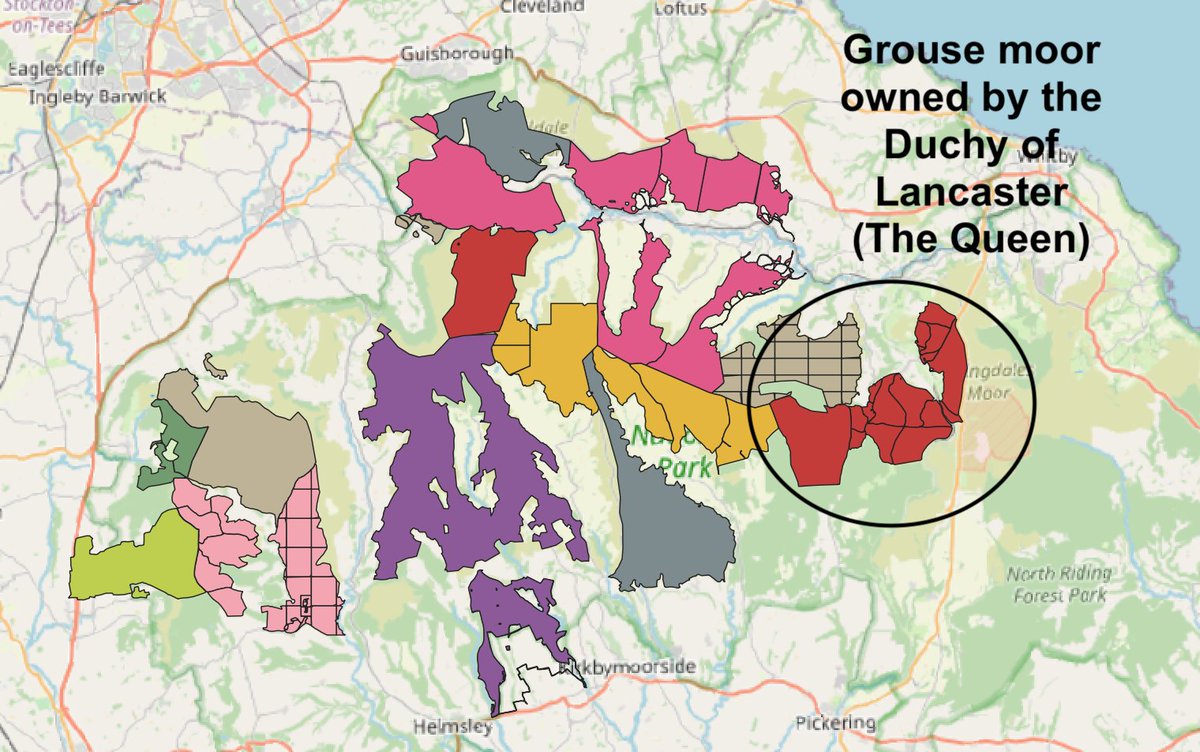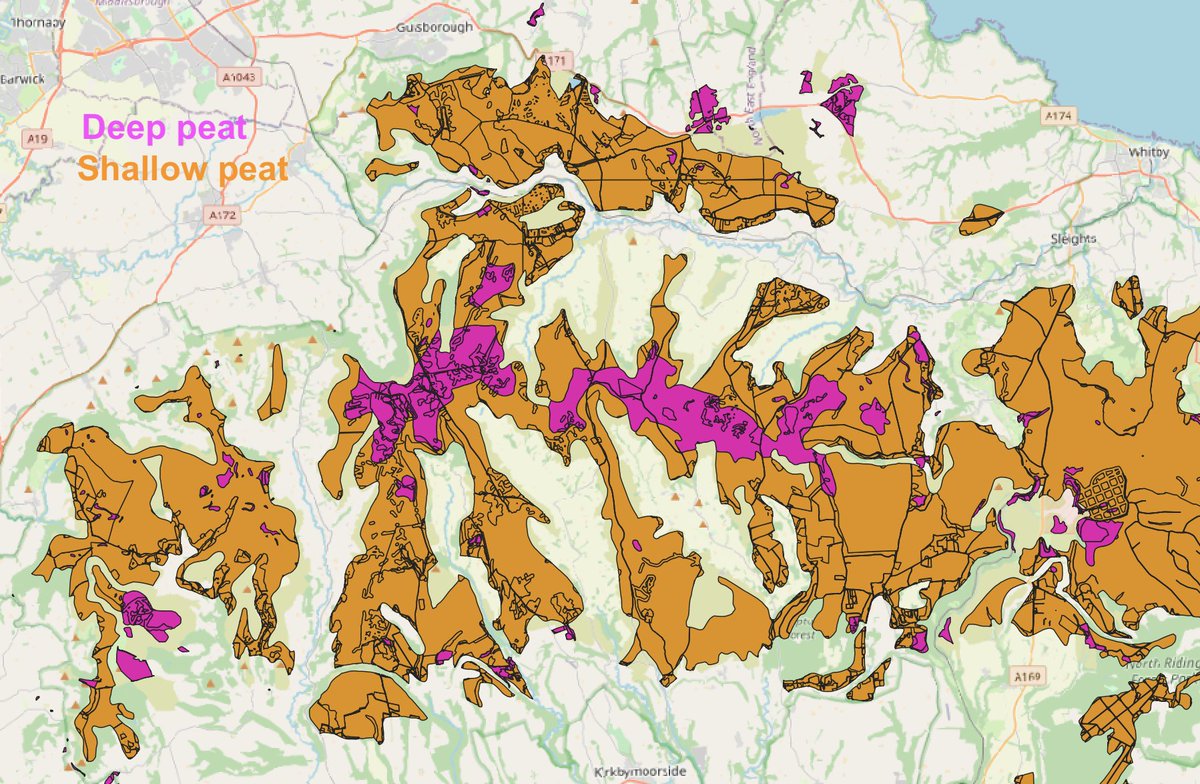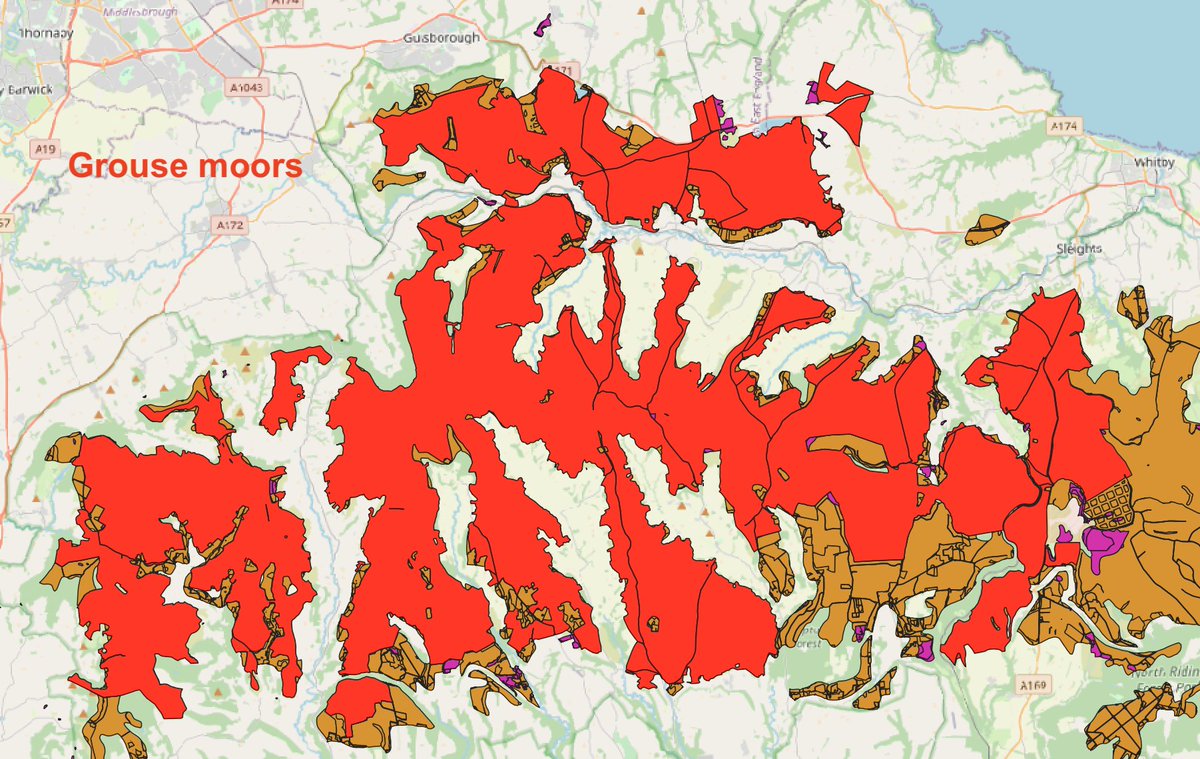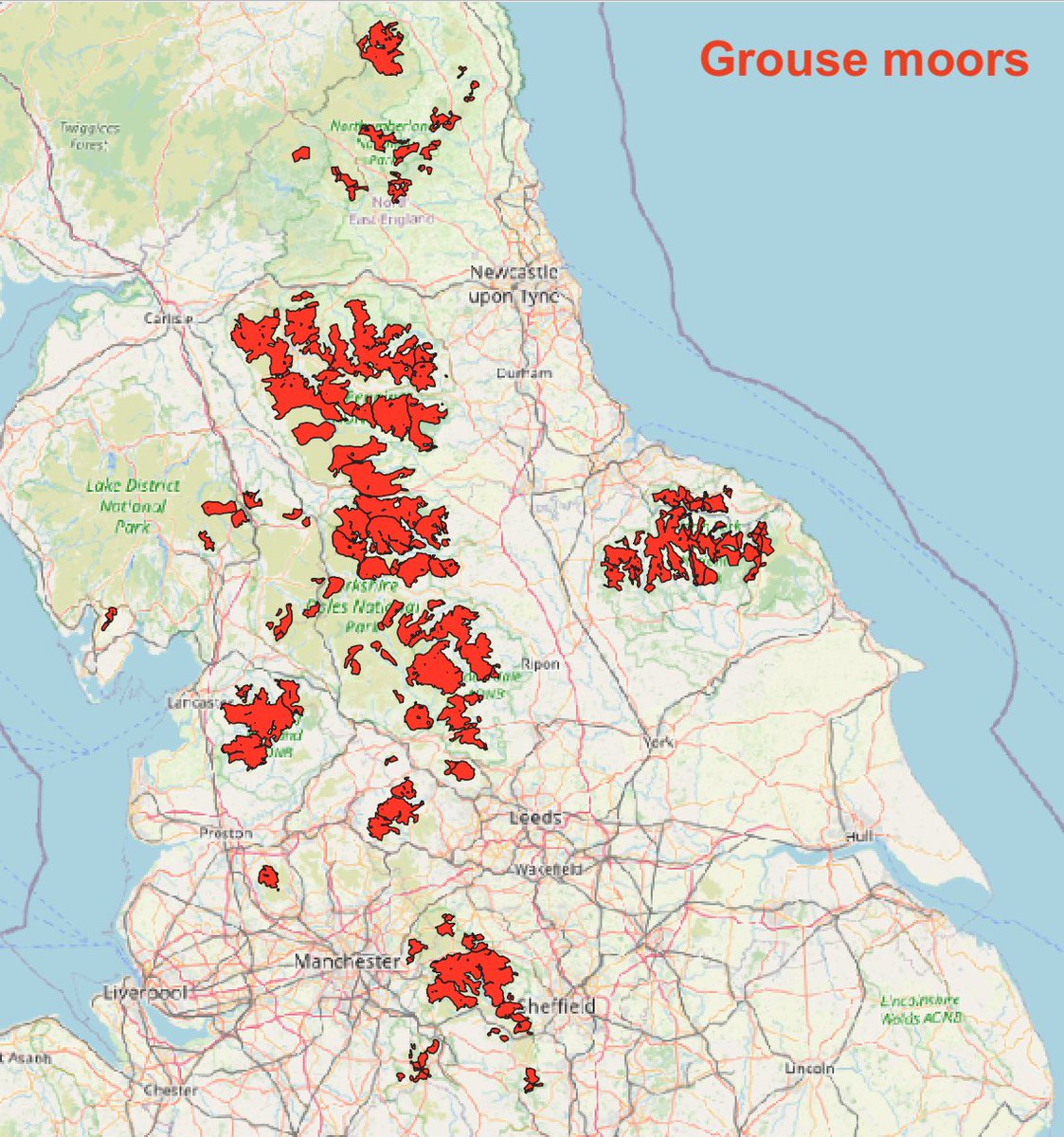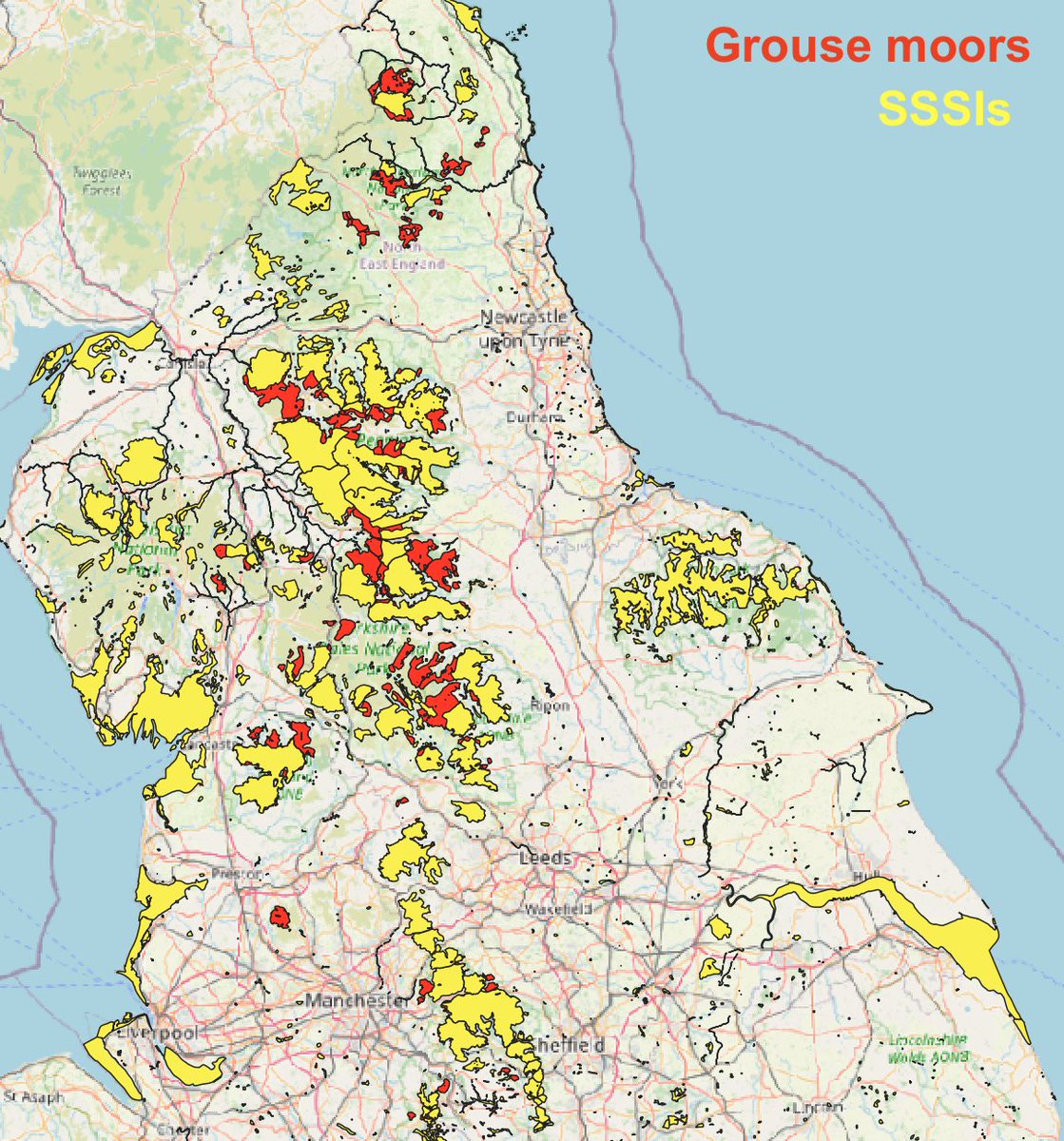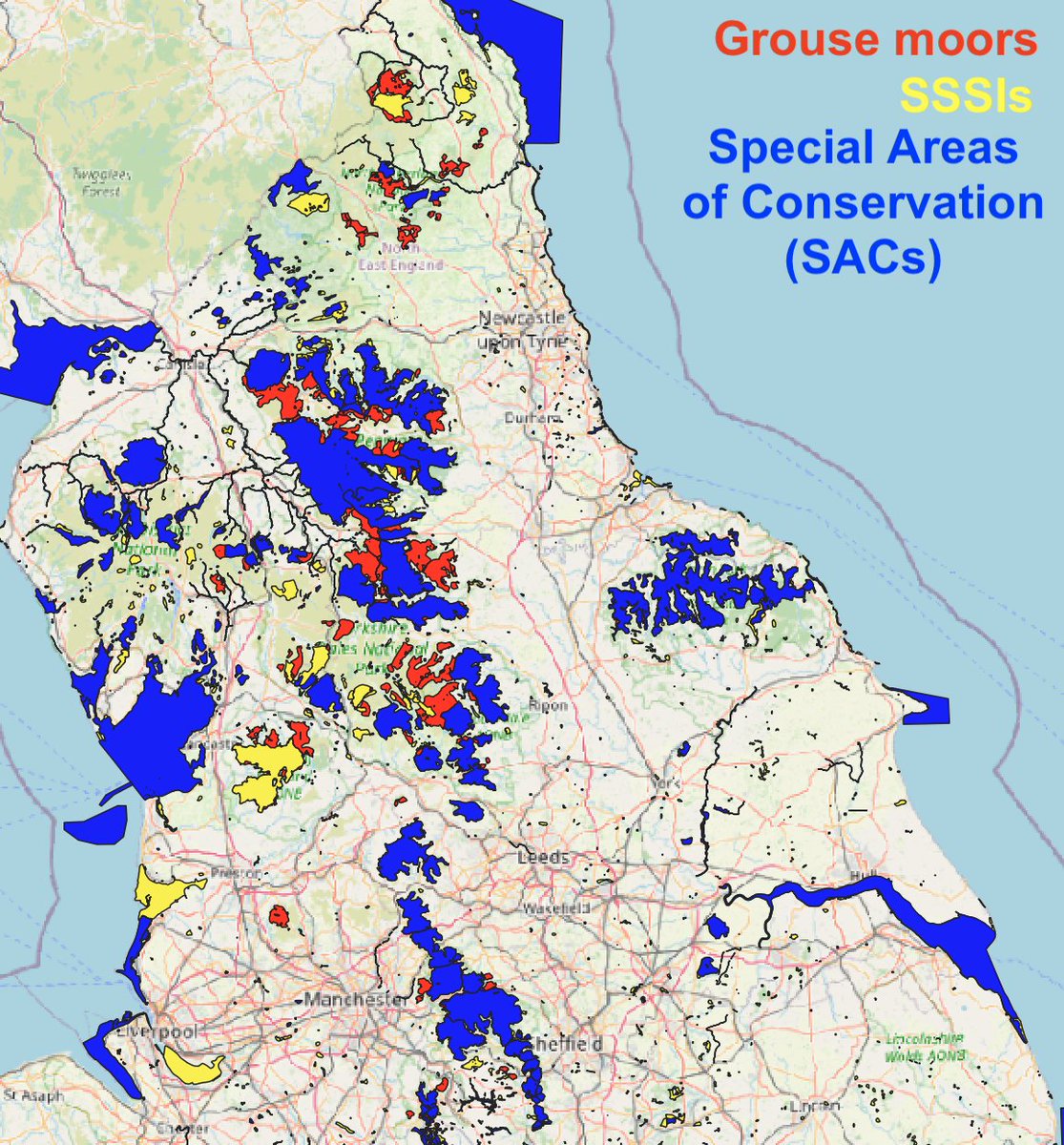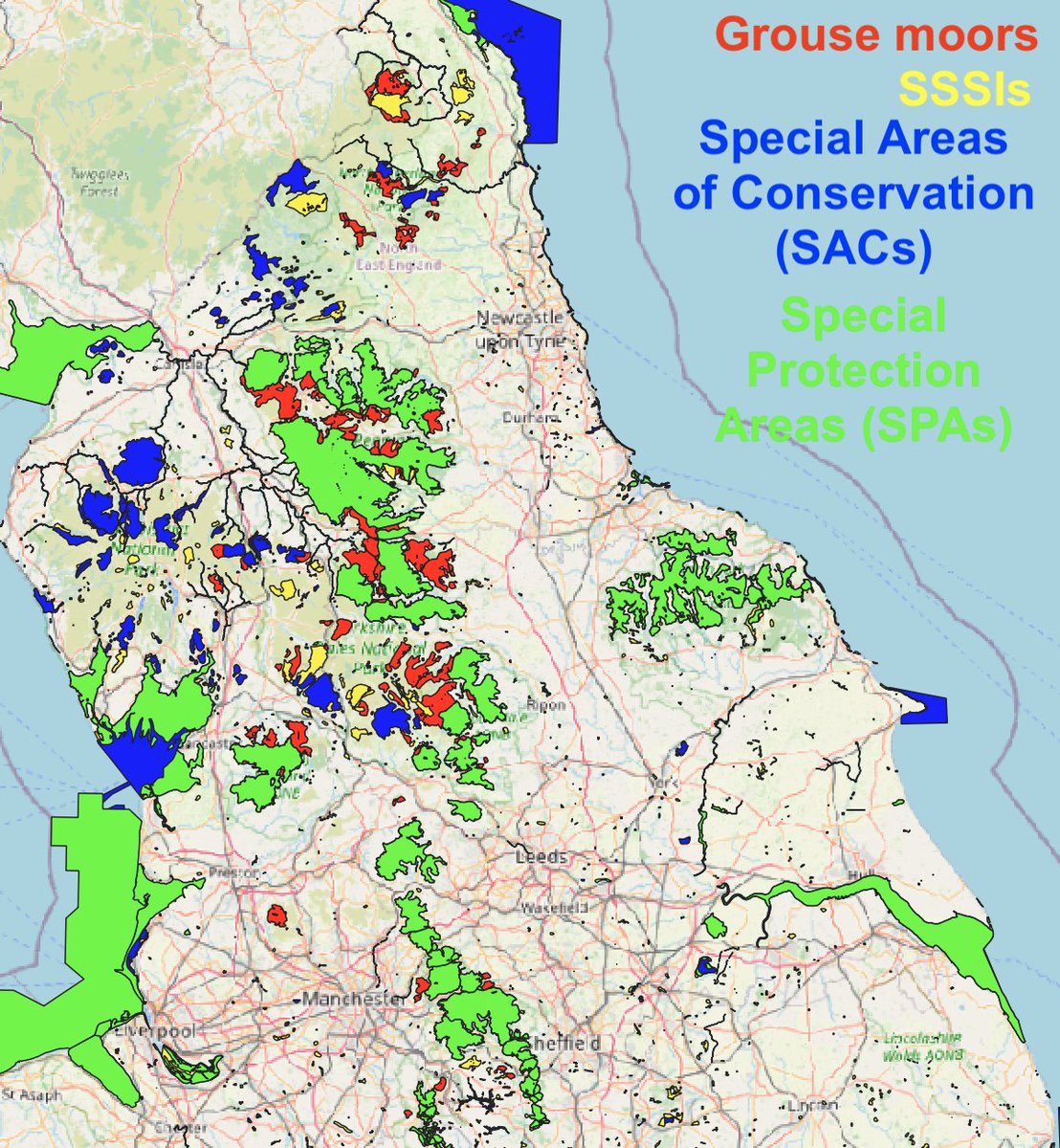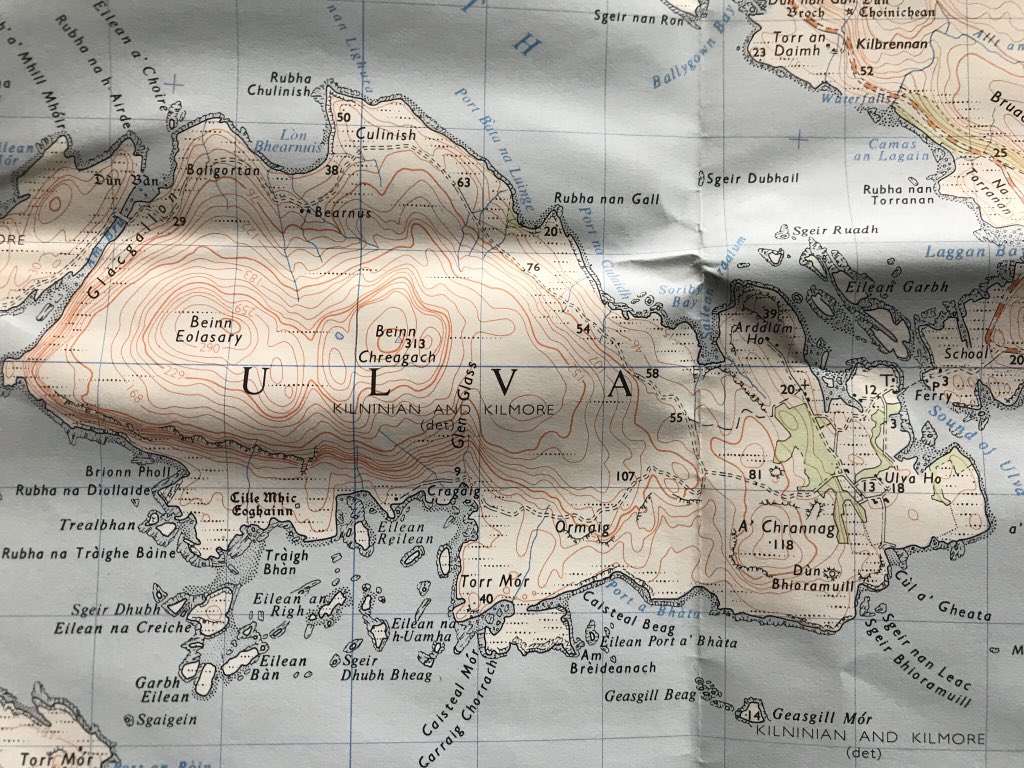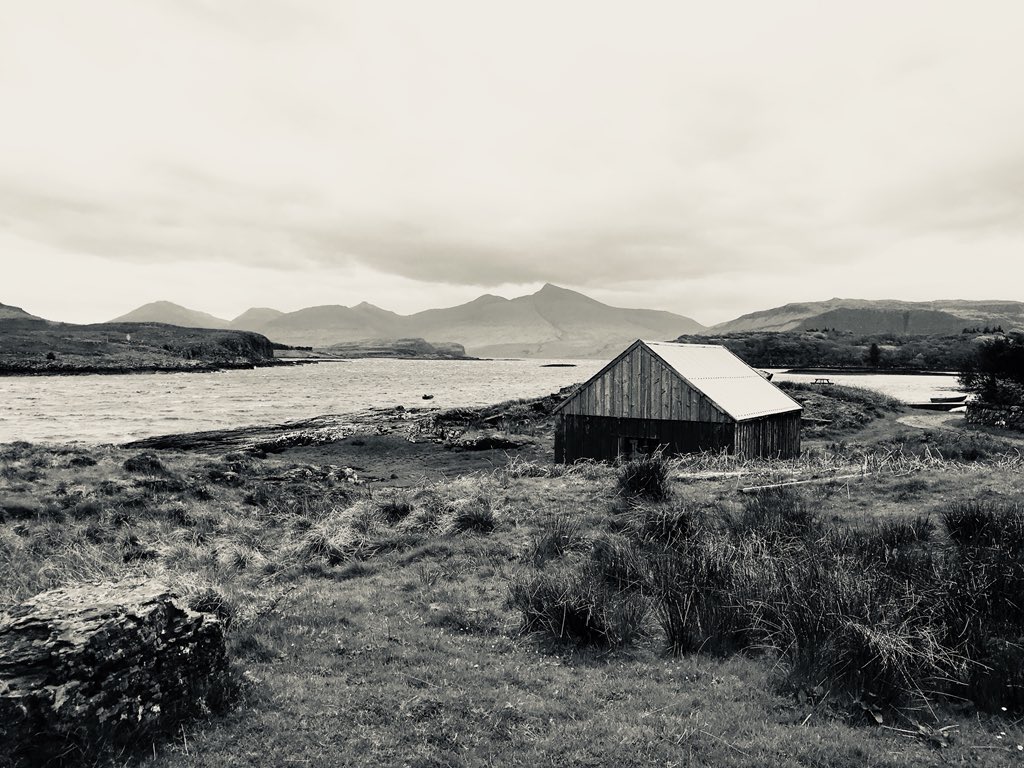
Like @GeorgeMonbiot & others, I'm wary of economists trying to 'put a price on nature'.
But I was surprised to see the #DasguptaReview make a strong case for actually *putting large parts of the biosphere off-limits to the market*.
Short thread to explain:
But I was surprised to see the #DasguptaReview make a strong case for actually *putting large parts of the biosphere off-limits to the market*.
Short thread to explain:
Whilst advocating for 'natural capital' accounting, Prof Dasgupta also says: "in many cases there is a strong economic rationale for quantity restrictions over pricing mechanisms. Expanding and improving the management of Protected Areas therefore has an essential role to play”
"Protected Areas can act as a form of quantity restrictions as alternative approach to market mechanisms to prevent degradation of our natural assets" - main Dasgupta report, p.439 assets.publishing.service.gov.uk/government/upl…
Dasgupta: "Protected Areas have an essential role in conserving and restoring our natural capital, but it has been estimated that only 20% of Protected Areas are being managed well" (p.487) - a veiled critique of UK Govt's failure to protect nature within National Parks
"Considerably better land-use planning and marine spatial planning, in the form of legally binding instruments, can help to provide a long-term framework for balancing the competing demands we make of our ecosystems" - Dasgupta sounding more like a planner than an economist here
Dasgupta: "More investment in Protected Areas is needed. It has been estimated that to protect 30% of the world’s land and ocean and manage these areas effectively by 2030 would require an average investment of US$140 billion annually" - will @hmtreasury oblige?
Dasgupta also proposes that 'global public goods' like tropical rainforests and marine ecosystems in the High Seas should either be paid (obvs a market approach) OR restrictions "prohibiting their use in ecologically sensitive areas should be instituted" i.e. put outside market
In sum: yes, be wary of economists trying to financialise nature.
But the #DasguptaReview also provides strong arguments (from an economist!) for putting large parts of nature off-limits to the market, via Protected Areas - and critiquing Govt's failures to do so properly yet.
But the #DasguptaReview also provides strong arguments (from an economist!) for putting large parts of nature off-limits to the market, via Protected Areas - and critiquing Govt's failures to do so properly yet.
PS: Oh, by the way - Dasgupta casually concludes that there is an inevitable end to material economic growth - "because the biosphere is bounded, the global economy is bounded"; "the global output of goods and services is inevitably bounded". Pretty radical for a Treasury review! 

• • •
Missing some Tweet in this thread? You can try to
force a refresh

